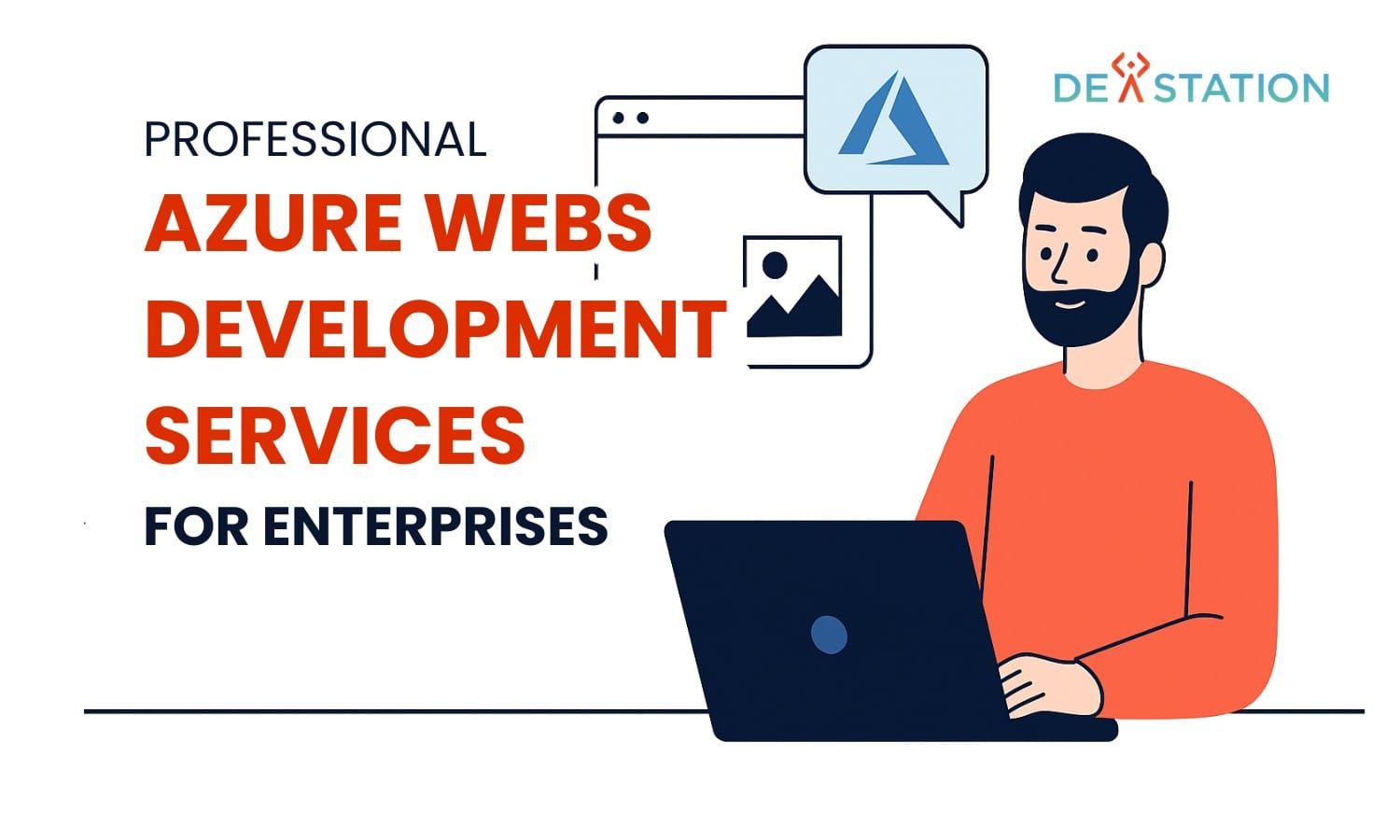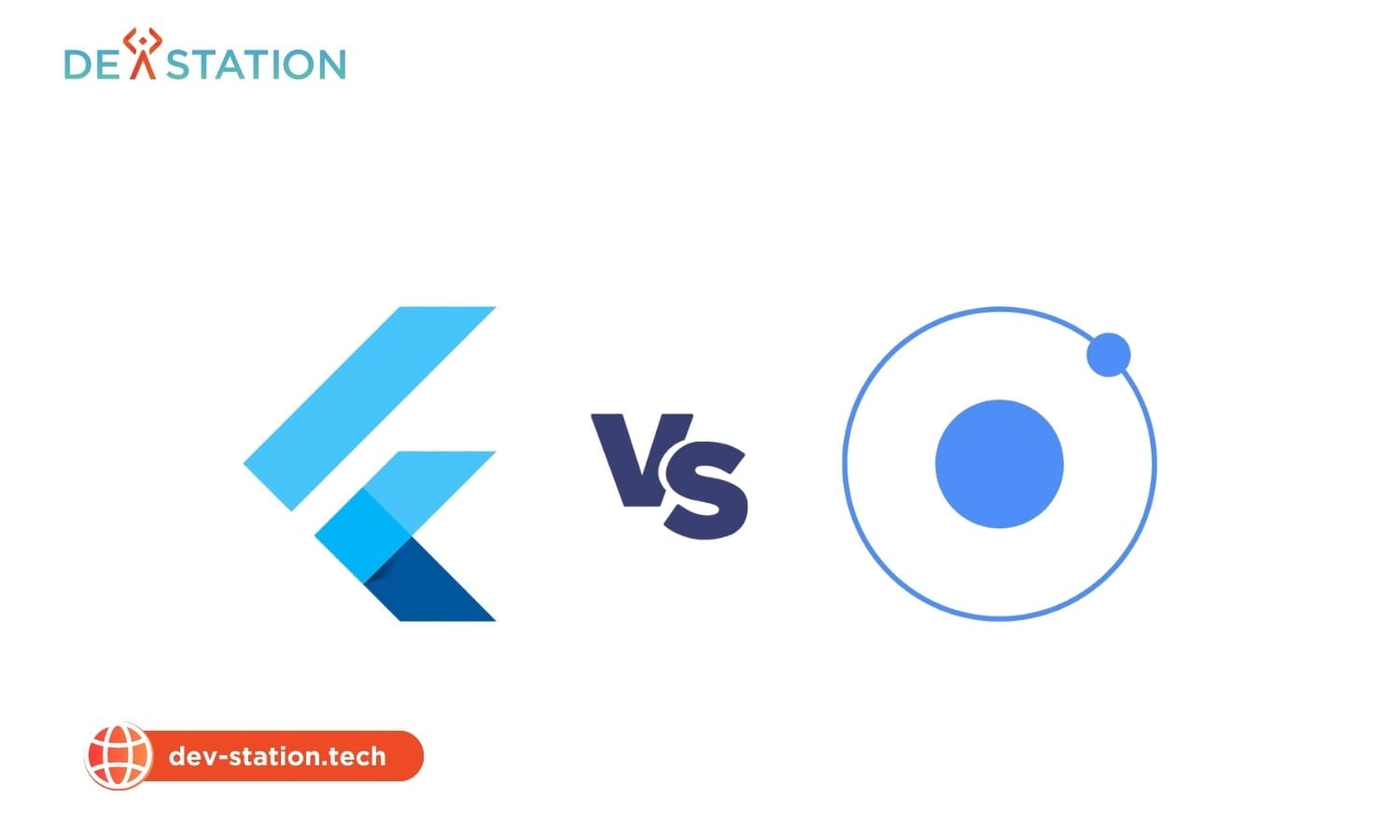Enterprise organizations need scalable solutions that balance growth with security and performance. Modern cloud platforms eliminate infrastructure headaches, letting teams prioritize innovation over maintenance. Microsoft’s managed environment, for example, streamlines app deployment while meeting strict compliance standards—critical for industries like finance or healthcare.
Partnering with expert providers ensures businesses maximize their cloud investments. These teams handle everything from architecture design to post-launch monitoring, integrating seamlessly with existing tools like Microsoft 365 or third-party APIs. This approach reduces downtime and technical debt, freeing internal resources for strategic projects.
Global enterprises particularly benefit from platforms offering worldwide data center coverage. A well-structured cloud foundation adapts to shifting market demands without compromising speed or reliability. It’s not just about building apps—it’s about creating systems that evolve with your company’s needs.
Contents
ToggleKey Takeaways
- Managed cloud platforms reduce infrastructure management by up to 70%
- Compliance-ready solutions meet industry-specific security requirements
- Full lifecycle support ensures continuous optimization post-deployment
- Global data center networks improve application performance worldwide
- Seamless integration preserves existing technology investments
Overview of Professional Azure Web Development Services
Modern enterprises require robust digital solutions that adapt to evolving demands while maintaining operational efficiency. Professional services in this space bridge the gap between technical complexity and business goals, offering tools that simplify large-scale deployments.

Understanding the Scope of Azure Web Development
The platform supports projects ranging from single-page sites to intricate systems with distributed databases. Teams leverage frameworks like .NET Core and Node.js to build apps that integrate with legacy tools or third-party APIs. This flexibility ensures compatibility across diverse tech environments.
Beyond coding, expert providers deliver architecture reviews and security audits. Performance tuning and compliance checks become part of the development lifecycle, reducing risks post-launch. The managed environment handles server updates and scaling, letting teams focus on feature innovation.
How Our Solutions Empower Enterprises
Speed-to-market accelerates with preconfigured CMS templates and automated deployment pipelines. One financial services client reduced launch timelines by 40% using these tools while meeting strict regulatory standards.
- Automatic scaling: Adjusts resources during traffic spikes without manual input
- Unified compliance: Built-in certifications for HIPAA, GDPR, and PCI-DSS
- Cost predictability: Pay-as-you-go models align expenses with actual usage
These capabilities enable organizations to pivot quickly in competitive markets. Integration with existing workflows minimizes retraining needs, preserving prior technology investments.
Core Features and Benefits of Azure Web Development
Leading organizations face operational challenges requiring solutions that balance technical agility with enterprise-grade reliability. Modern platforms address these needs through purpose-built tools for building, deploying, and managing mission-critical systems.

App Service and Web Applications
The app service framework supports diverse programming languages like .NET, Java, and Python. Teams create web apps with built-in authentication and automatic traffic scaling. One retail client handled 300% holiday traffic spikes without code changes.
Fully Managed Platform and Global Deployment
Infrastructure management disappears with managed platform solutions. Updates, patches, and security protocols occur automatically. Global data centers ensure sub-second response times across continents through integrated CDNs.
Continuous Integration and Deployment (CI/CD) Advantages
Built-in CI/CD pipelines slash deployment times. Code commits trigger instant testing and staging rollouts. A healthcare provider reduced update cycles from weeks to hours while maintaining HIPAA compliance.
| Feature | Business Impact | Technical Benefit |
|---|---|---|
| Automatic Scaling | Cost control during traffic surges | Zero downtime during load spikes |
| Integrated Security | Simplified compliance audits | SSO & multi-factor authentication |
| Global CDN | Faster international user access | 50ms average latency worldwide |
These capabilities transform how enterprises deliver digital experiences. Real-time monitoring and AI-driven insights further optimize performance post-launch.
Enterprise Benefits of Azure Web Development
Forward-thinking companies gain competitive advantages through infrastructure that grows with their ambitions. Modern platforms deliver performance and availability while cutting operational complexity. This balance lets teams focus on innovation rather than maintenance.
Enhanced Performance and Scalability
Global server networks keep apps responsive worldwide. One e-commerce brand saw page load times drop by 60% after migrating, even during Black Friday traffic surges. Systems automatically adjust resources, scaling up during demand spikes and reducing capacity when idle.
Built-in monitoring tools track usage patterns in real time. Teams receive alerts before bottlenecks occur, preventing downtime. “Our uptime improved to 99.99% without extra staffing,” noted a logistics client using these features.
Cost Efficiency and Business Agility
The pay-as-you-go model eliminates upfront hardware investments. Companies only pay for what they use, converting fixed costs into variable expenses. A healthcare startup saved $250,000 annually by ditching physical servers.
Rapid deployment pipelines accelerate feature releases. Updates roll out in hours instead of weeks, letting businesses test ideas faster. Integrated security protocols maintain compliance without third-party tools—critical for industries like finance.
- Traffic-driven scaling optimizes cloud spending
- Real-time analytics inform capacity planning
- SSL encryption protects data by default
Integrating Azure Services for Modern Web Applications
Building future-ready systems requires tools that unify coding workflows with prebuilt solutions. Teams gain velocity when source control and marketplace resources operate as extensions of their development environment.
Streamlined Code Management and Real-Time Adjustments
GitHub integration simplifies collaborative coding. Version tracking prevents conflicts, while automated testing runs with each commit. “We fixed bugs 50% faster after adopting live debugging,” shared a fintech team lead. Visual Studio’s diagnostics tools highlight issues during runtime, letting developers patch code before deployment.
One-click publishing eliminates manual configuration errors. Teams push updates directly from their IDE to staging environments—no complex scripts required. This approach reduced deployment failures by 34% for a logistics company managing multiple web apps.
Accelerating Builds with Preconfigured Solutions
The platform’s marketplace offers 8,000+ certified components. Developers integrate payment gateways or AI models through drag-and-drop interfaces. A retail chain added chatbot functionality in three days using prebuilt NLP services instead of coding from scratch.
“Marketplace APIs cut our integration time by half while maintaining SOC 2 compliance.”
| Integration Type | Time Saved | Use Case |
|---|---|---|
| Database Connectors | 15-20 hours/month | Migrating legacy systems |
| Authentication Services | 80% faster setup | Multi-tenant applications |
| AI Model APIs | 2-3 weeks | Adding predictive analytics |
These unified workflows let enterprises focus on unique business logic rather than reinventing common features. Real-time monitoring ensures all connected services meet performance SLAs post-launch.
Maximizing Performance and Security on Azure
Businesses operating in competitive markets require infrastructure that safeguards data while delivering flawless user experiences. Advanced security protocols and adaptive resource management work in tandem to protect sensitive information and maintain operational velocity.
Web Application Firewall and Application Gateway
The web application firewall blocks 99% of malicious traffic through real-time threat analysis. It identifies SQL injection attempts and cross-site scripting attacks before they reach servers. Integrated traffic routing ensures optimal content delivery across global server clusters.
Key advantages include:
- Zero-day vulnerability protection with automated rule updates
- SSL/TLS termination reduces server load by 40%
- Geo-filtering blocks high-risk regions without manual configuration
Automatic Scaling, Load Testing, and High Availability
Resource allocation adjusts dynamically based on real-time demand. During peak sales periods, one retailer handled 18,000 concurrent users without performance drops. Load testing simulates traffic spikes up to 1 million requests per minute, revealing bottlenecks before launch.
| Feature | Impact | Result |
|---|---|---|
| Auto-scaling | Cost reduction | 35% lower cloud spend |
| Multi-region deployment | Uptime improvement | 99.95% SLA compliance |
| Encrypted backups | Risk mitigation | HIPAA-ready data protection |
“Our security audits now take half the time thanks to centralized policy management.”
Redundant systems automatically reroute traffic during outages, maintaining business continuity. Real-time dashboards track latency metrics across continents, enabling proactive optimizations.
Leveraging AI-Powered Assistants in Azure Solutions
Innovative problem-solving meets enterprise needs through intelligent automation. AI-driven tools now streamline complex workflows, offering actionable insights while maintaining compliance. These solutions empower teams to focus on strategic priorities rather than repetitive tasks.
Copilot Studio Integration for Real-Time Guidance
An AI-powered assistant created through Copilot Studio analyzes code patterns in real time. It suggests optimizations for security gaps or performance bottlenecks during development. Teams resolve issues 65% faster using these contextual recommendations.
Key features include:
- Automated code reviews with vulnerability detection
- Instant API integration templates for common use cases
- Multi-language support for diverse project environments
| Feature | Time Saved | Accuracy Boost |
|---|---|---|
| Code Suggestions | 12-15 hours/week | 40% fewer errors |
| Debugging Automation | 8-10 hours/issue | 92% success rate |
| Compliance Checks | 3-5 days/audit | 100% standard alignment |
“Copilot Studio cut our deployment prep time by half while ensuring SOC 2 compliance from day one.”
Enhancing User Experience with AI-Powered Tools
Assistant-created Copilot functionality personalizes interactions across applications. Predictive analytics anticipate user needs, reducing manual input by 55%. Natural language processing enables stakeholders to query system status without technical jargon.
These tools also automate monitoring workflows. They detect anomalies 30 minutes faster than manual checks, preventing 80% of potential outages. Real-time alerts keep teams informed through integrated dashboards.
Getting Started with Azure Web Development Solutions
Ready to transform your enterprise’s digital capabilities? Modern platforms simplify onboarding with guided workflows and risk-free evaluation periods. Teams can explore advanced features through trial programs before committing resources.
Trial Options: Test Drive Core Services Fast
New users access 12-month free tiers with $200 credit for initial experiments. This lets businesses deploy containerized apps or test Windows/Linux environments without upfront costs. Extended evaluations unlock premium tools for 30 days—ideal for complex projects.
| Trial Type | Key Benefits | Best For |
|---|---|---|
| Free Tier | $200 credit + 25+ services | Basic app testing |
| Pay-As-You-Go | No long-term contracts | Scaling prototypes |
| Enterprise Pilot | Dedicated support | Mission-critical systems |
Streamlined Implementation with Expert Guidance
Professional teams handle setup through five phases:
- Architecture review
- Security configuration
- Container deployment
- Performance tuning
- Ongoing monitoring
One manufacturing client migrated 15 legacy apps in 12 weeks using these steps. 24/7 support resolves issues during critical launches. “The migration team anticipated challenges we hadn’t considered,” noted their CTO.
“Free trials let us validate ROI before scaling—a game-changer for budget planning.”
Conclusion
Modern business challenges demand scalable solutions that evolve alongside organizational growth. A robust cloud platform delivers this adaptability through integrated tools and expert guidance, enabling enterprises to focus on strategic priorities rather than technical overhead.
Professional managed service providers streamline implementation while maintaining rigorous security protocols. Their expertise ensures apps meet compliance standards without costly infrastructure investments. This approach preserves existing workflows while accelerating time-to-market for new features.
The right solution combines automated scaling with global performance optimization. Businesses gain access to real-time analytics and AI-driven insights, ensuring apps remain responsive during traffic surges. Built-in security features protect sensitive data across every interaction.
Customers partnering with skilled teams unlock continuous innovation. Development cycles shorten through preconfigured components and collaborative tools. This synergy between human expertise and platform capabilities creates future-ready systems that drive measurable business outcomes.





